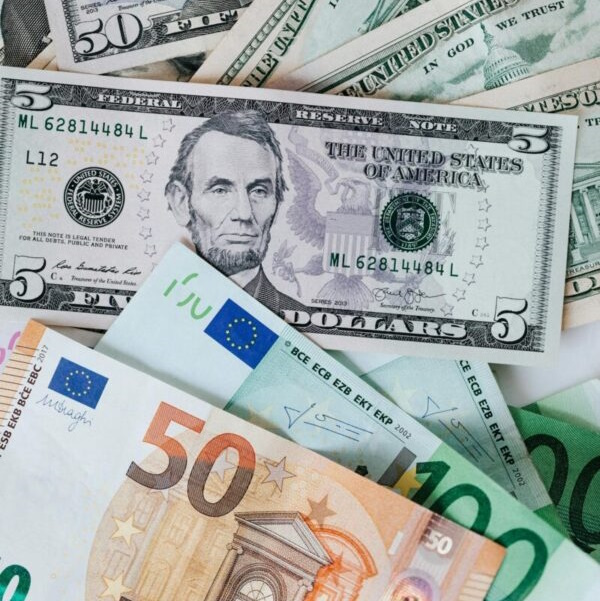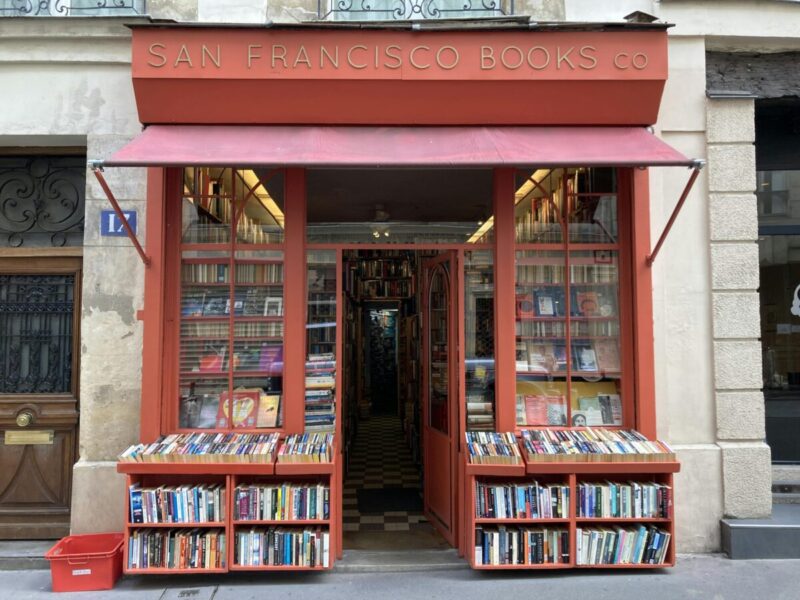Cash or Card in France? What Travelers Use
Handling money in France is simpler than you might expect, but there are details that can save you both hassle and fees. Travelers who share their experiences agree on one thing: cards rule, cash is a backup.
Here’s a complete look at what works best, where the pitfalls are, and how to prepare.
1. Credit and Debit Cards Are the Standard
Visa and Mastercard are the most widely accepted. They work in restaurants, shops, cafés, and even at most markets.
American Express is less reliable. Some large hotels and supermarkets accept it, but highway tolls, small shops, and many restaurants do not. Relying only on Amex is a recipe for problems.
Some travelers find that debit cards are even more widely accepted than credit cards. In some cities, businesses will often refuse your Visa credit card but accept your Visa debit. Having both types is smart.
Phone payments like Apple Pay are also mainstream. Many people report using Apple Pay exclusively for weeks without touching their physical cards.
2. How Much Cash You’ll Actually Need

Cash use is minimal in daily life. Over several weeks, many travelers withdraw less than €100. Typical cash uses include markets, stalls, tipping, or the occasional café with a low purchase minimum.
Some travelers carry a few hundred euros for emergencies but barely spend any of it.
Also, keep in minfd that tipping in France is modest (service is already included in the bill). A couple of euros is considered generous enough for small services.
3. Where to Get Euros
Skip bringing US dollars to exchange: banks in France don’t want to handle cash exchange, and the rates are poor.
The easiest method is to withdraw euros from ATMs once you arrive. Major French banks like Crédit Agricole, Caisse d’Épargne, LCL, and HSBC have reliable machines.
Avoid independent machines like Euronet: they pile on fees and give poor exchange rates.
Withdraw a few hundred euros at a time. This avoids constant ATM visits but limits risk if your wallet is stolen. Don’t withdraw too much as cash is less useful than many imagine.
If you prefer, you can order euros from your home bank before departure. Some people like having a cushion of €200-300 upon arrival, in case of card issues at the airport.
Others go further and bring €1,000 in a money belt as an emergency stash. That’s personal risk tolerance: pickpocketing is rare but not unheard of.
4. Fees and Currency Conversions
Foreign transaction fees add up. Many cards still charge around 3% per purchase, so it’s worth getting one that doesn’t. The Costco Visa, Capital One cards, and several travel-oriented credit cards waive these fees.
Debit cards can be even better if paired with a bank that reimburses ATM fees worldwide, like Charles Schwab.
When an ATM or payment terminal asks if you want to be charged in dollars, decline. This “dynamic currency conversion” always costs more! Always pay in euros and let your bank do the conversion.
5. Gas Stations and Toll Roads
Fuel stations sometimes cause confusion. Some travelers insist you need cash, while others say US cards work fine, especially in major cities and on highways.
The safe approach is to keep at least €50-100 in cash for fuel, just in case your card fails at a self-service pump.
Toll roads generally accept Visa and Mastercard. Don’t expect Amex to work there.
6. Backups and Security
Carry more than one card, ideally from different banks and different networks. If one bank freezes your card or a network goes down, you have another option.
Keep a backup card in a separate place, such as with your passport. Save card information and customer service contacts in a secure place, like a password manager. That way, if a card is lost or hacked, you can deal with it quickly.
Travel insurance and banks often provide emergency cash transfers if needed. Western Union and MoneyGram also exist as last-resort options.
7. Budget and Limits
Restaurants in France often run around €50 per person per day if you’re eating out regularly. Make sure your card limits are high enough to cover what you plan to spend.
For a month-long trip, even in small towns, cards will be the main tool for payment.
8. Pre-Trip Strategy
Use points cards before departure to pay for flights, gas, and groceries, then pay off the balance. Book hotels with cards that earn rewards and don’t charge foreign transaction fees.
If you want peace of mind, arrive with a few hundred euros in cash. If you’re comfortable relying on ATMs, you can start with nothing in your wallet and withdraw after landing.

